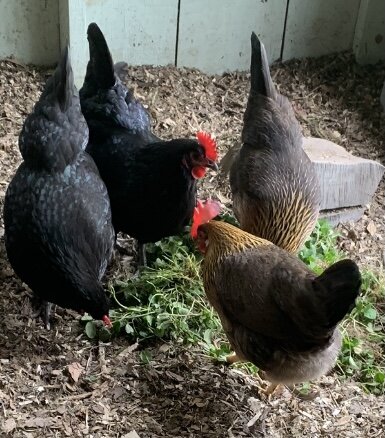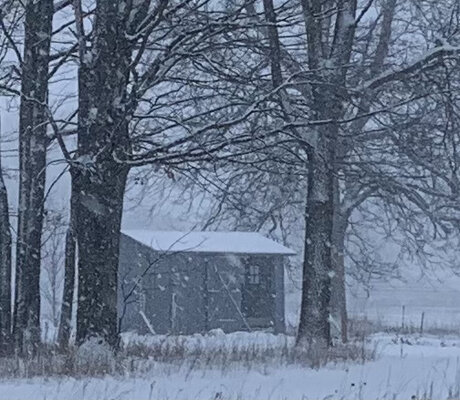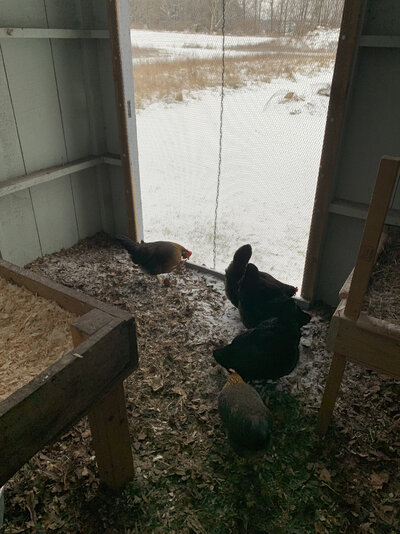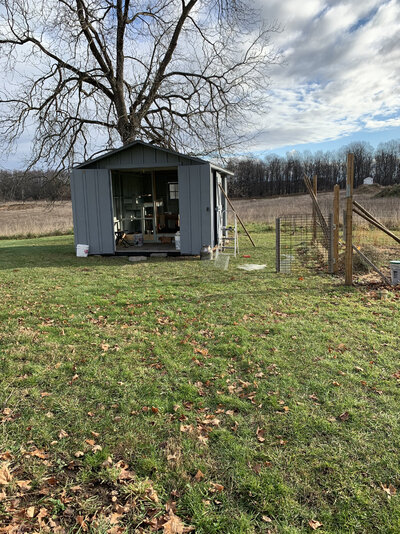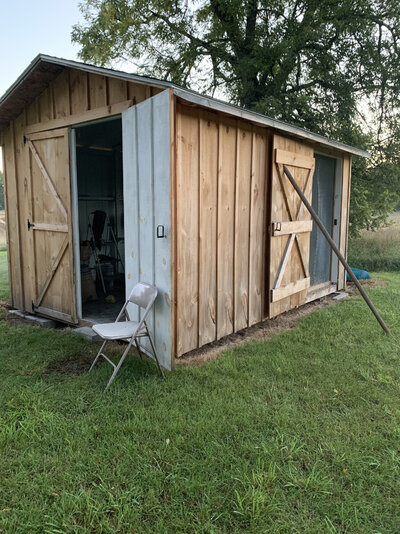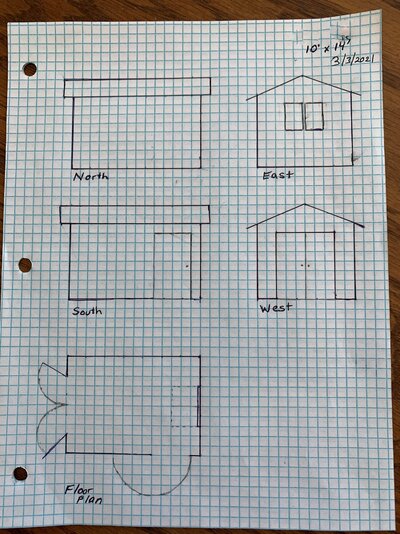Sunshine_Amy
Songster
After reading numerous times that it's "not the cold, but the combination of moisture and cold" that results in frostbite, I went ahead and got an Ancona in my second chick order for my very well ventilated coop plan. My set up will have a sealed lower section and everything above about three feet on the two ends will be vented (like 2 enormous gable vents). And now something I read has me questioning if I made a mistake with such a large comb and wattle breed. I'm hoping to avoid needing a sweeter heater, so I've got to ask: has anyone had success with a very well-ventilated, unheated coop and a large comb/wattle breed in winter temps down to zero F? If success or not, please describe your set-up (Woods––which I think may hold a bit more moisture at times? ETA: Never mind apparently not!––top-venting, etc). THANKS.
Last edited:




